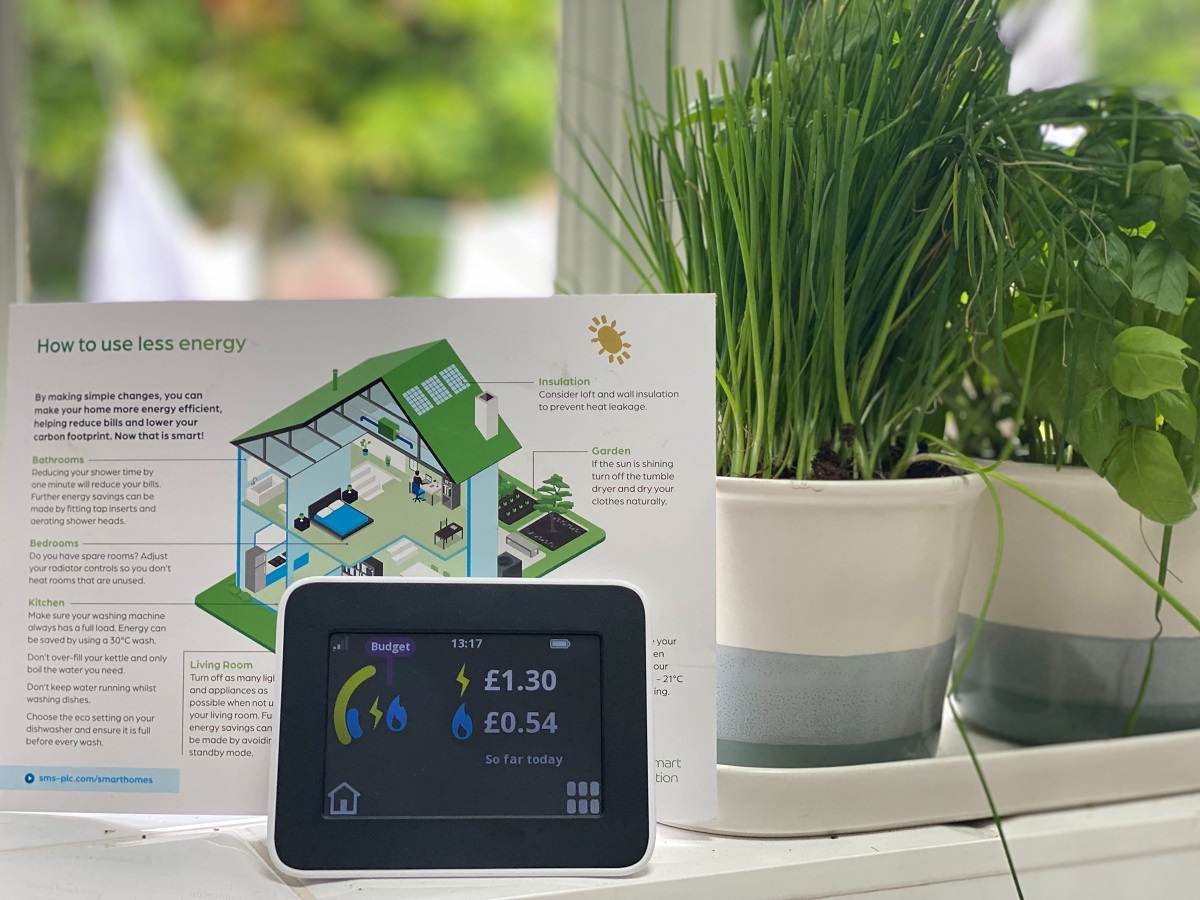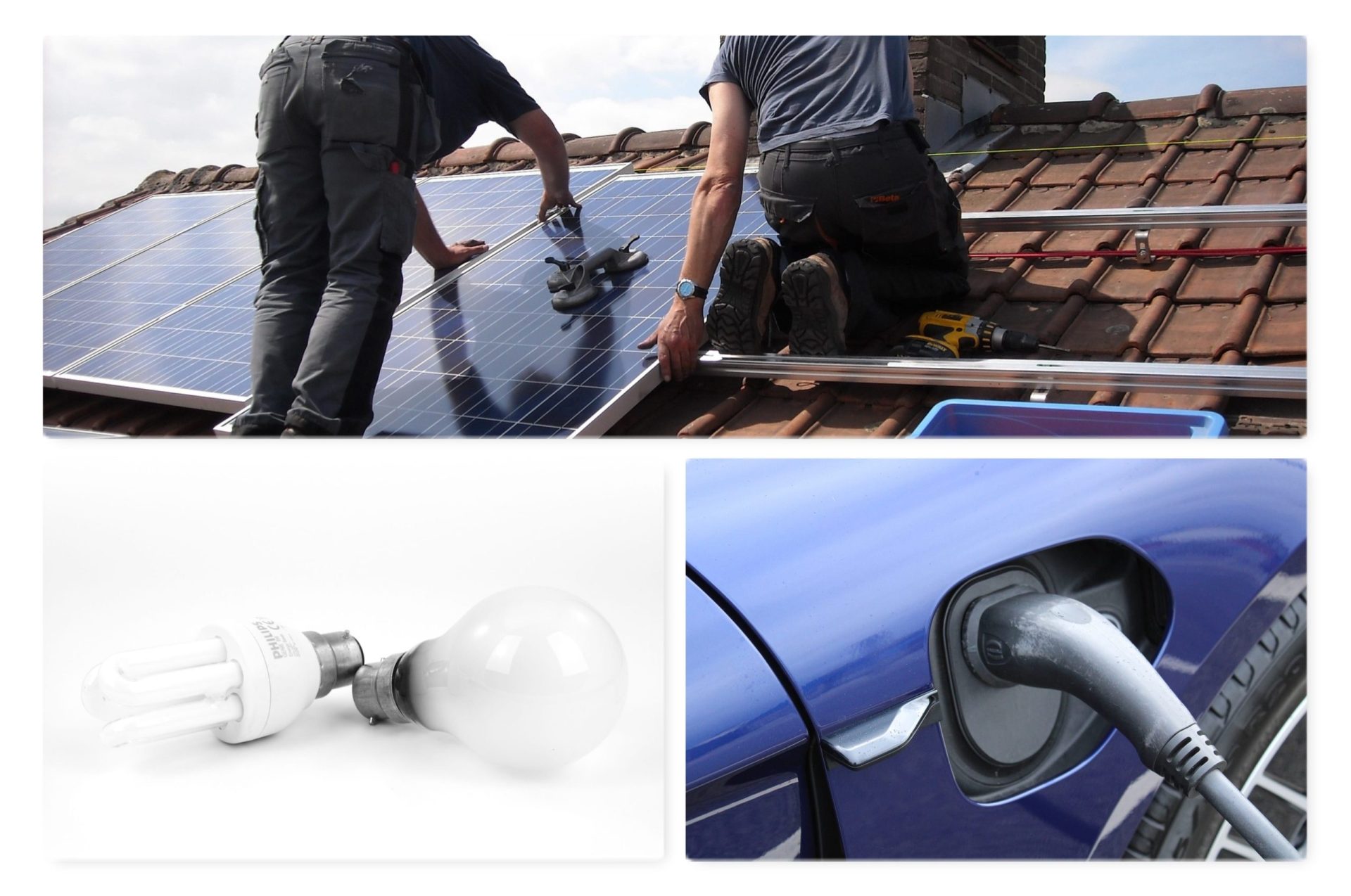March 13th 2023
New Build homes save home owners £3118 a year in energy bills

In recent years, there has been a significant push towards energy-efficient homes as a way to reduce carbon emissions and lower energy bills for homeowners.
One way this is being achieved is by ensuring new build homes are designed to be more energy-efficient than their older counterparts. In March 2023 the Home Builders Federation announced that the owners of new build houses could save £3118 a year on energy bills compared to owners of older homes. In this post, we will briefly explore some of the ways in which new build homes are more energy-efficient than older homes.
Better Insulation
One of the most significant improvements in new build homes is the provision of insulation. Older homes often have inadequate insulation, resulting in heat loss during the winter and heat gain during the summer. New build homes, however, can include more modern and higher performance insulation materials and installation techniques. This helps to maintain a comfortable temperature throughout the year, reducing the need for heating and cooling.
High-performance Windows
New build homes are also constructed with high-performance windows that are more energy efficient than older windows. These windows are made of materials that are better insulators and have a higher energy efficiency rating. Will slimmer frames and bay window designs also allow more natural light into the home, reducing the need for artificial lighting during the day.

Air-tight Building Envelopes
New build homes are constructed with an air-tight building envelope. This means that the home is sealed from outside air leaks, which can lead to energy loss. The building envelope includes the walls, roof, and foundation, and is designed to prevent air leaks and drafts. Each new build home must undergo and pass an air pressure test, also known as air tightness testing. This is the process of measuring the amount of air leakage from a building through uncontrolled ventilation. This helps to maintain a consistent temperature inside the home and also reduces the need for heating and cooling.
Energy-efficient Appliances and Lighting
New build homes often come with energy-efficient appliances and lighting as standard. These appliances and lighting fixtures use less energy than their older counterparts, helping to reduce energy bills and carbon emissions. Energy-efficient appliances include refrigerators, washing machines, and dishwashers, while energy-efficient lighting fixtures include LED bulbs and smart lighting systems.
Renewable Energy Sources
Many new build homes are designed to incorporate renewable energy sources, such as solar panels where suitable, and the inclusion of electric vehicle charging points. The government has announced that by 2025, all new homes will be banned from installing gas and oil boilers and will instead be heated by low-carbon alternatives. The ban is part of a UK action plan to reach carbon net zero by 2050. These renewable energy sources can help to reduce energy bills and carbon emissions even further, making new build homes even more energy-efficient.
New build homes are more energy-efficient than older homes thanks to improvements in insulation, high-performance windows, air-tight building envelopes, energy-efficient appliances and lighting, and the incorporation of renewable energy sources. These features not only help to reduce energy bills but also contribute to a more sustainable future by reducing carbon emissions. If you’re looking to buy a new home, investing in an energy-efficient new build is an excellent choice for both your wallet and the planet.



 Customer Portal
Customer Portal


